Introduction

The study of chaos theory has been a significant area of research in mathematics and physics, particularly in the context of nonlinear dynamical systems. Chen's system, proposed by Chinese mathematician Shangyou Chen in 1989, is a classic example of a chaotic system. This article aims to analyze the hyper-chaos generated from Chen's system, exploring its characteristics, generation mechanisms, and implications in various fields.
Background and Definition of Hyper-Chaos

Chen's system is a three-dimensional autonomous dynamical system defined by the following equations:
[ begin{align}
x' &= alpha x - yz,
y' &= xz - beta y,
z' &= xy - gamma z,
end{align} ]
where ( alpha, beta, gamma ) are system parameters. The system exhibits chaotic behavior for certain parameter values, leading to the generation of hyper-chaos, which is a higher-dimensional chaotic attractor.
Hyper-chaos is a term used to describe chaotic behavior in systems with more than three dimensions. It is characterized by the presence of at least one positive Lyapunov exponent, indicating exponential growth of small perturbations, and the presence of a complex attractor with a fractal structure.
Characteristics of Hyper-Chaos in Chen's System

The hyper-chaos in Chen's system can be analyzed through various methods, including phase portraits, time series, and Lyapunov exponents. The following characteristics are observed:
1. Phase Portraits: The phase portraits of Chen's system with hyper-chaotic behavior show a complex attractor with a fractal structure. This attractor is characterized by a high degree of sensitivity to initial conditions, leading to unpredictable long-term behavior.

2. Time Series: The time series of the system's variables exhibit aperiodic and irregular patterns, indicating the chaotic nature of the system. The presence of hyper-chaos is further confirmed by the presence of long-range correlations and the absence of any periodicity.
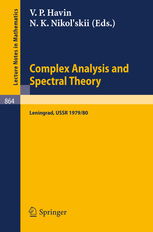
3. Lyapunov Exponents: The Lyapunov exponents of Chen's system with hyper-chaotic behavior show that at least one exponent is positive, indicating the exponential growth of small perturbations. This confirms the presence of chaos in the system.

Generation Mechanisms of Hyper-Chaos
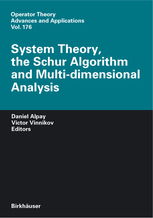
The generation of hyper-chaos in Chen's system can be attributed to several factors:
1. Parameter Sensitivity: The system parameters ( alpha, beta, gamma ) are highly sensitive to small changes, leading to the emergence of chaotic behavior. The presence of multiple positive Lyapunov exponents is a direct consequence of this sensitivity.

2. Nonlinearity: The nonlinear terms in the equations of Chen's system contribute to the complexity of the attractor and the generation of hyper-chaos. The interactions between the variables lead to a rich variety of dynamical behaviors.

3. Attractor Topology: The topology of the attractor plays a crucial role in the generation of hyper-chaos. The complex structure of the attractor allows for the coexistence of different dynamical regimes, including periodic, quasiperiodic, and chaotic behaviors.

Applications and Implications
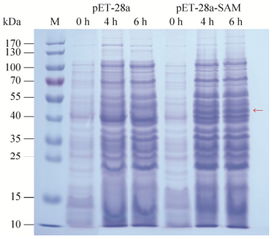
The study of hyper-chaos in Chen's system has significant implications in various fields, including physics, engineering, and biology. Some of the applications include:
2. Engineering: The chaotic behavior of Chen's system can be utilized in secure communication systems, where the sensitivity to initial conditions can be exploited to generate pseudo-random sequences.
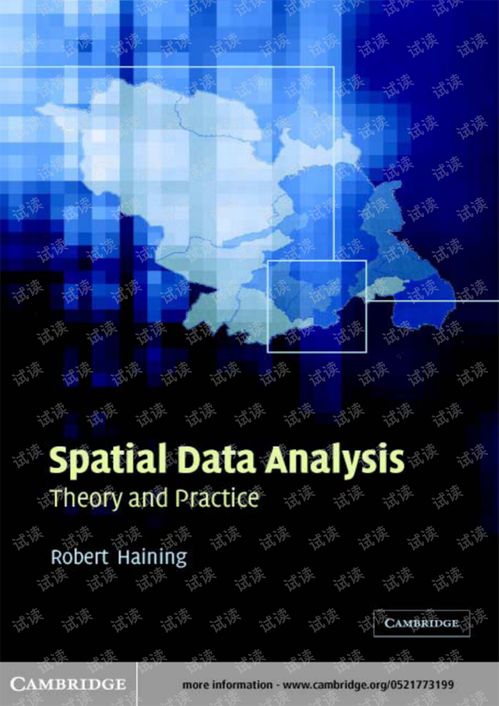
Conclusion
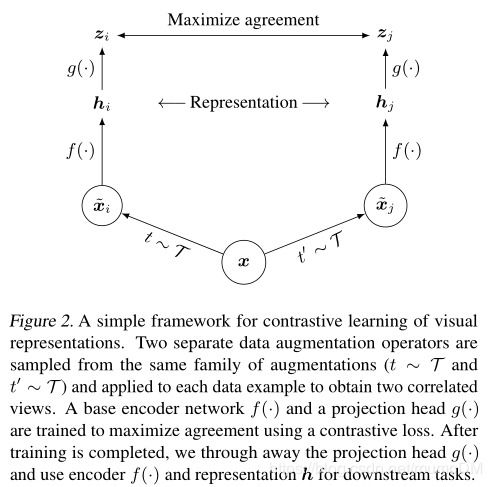
In conclusion, the analysis of hyper-chaos generated from Chen's system reveals a rich and complex dynamical behavior. The system's sensitivity to initial conditions, nonlinear interactions, and the presence of a complex attractor contribute to the emergence of hyper-chaos. The study of this system has implications in various fields, highlighting the importance of chaos theory in understanding complex systems.
